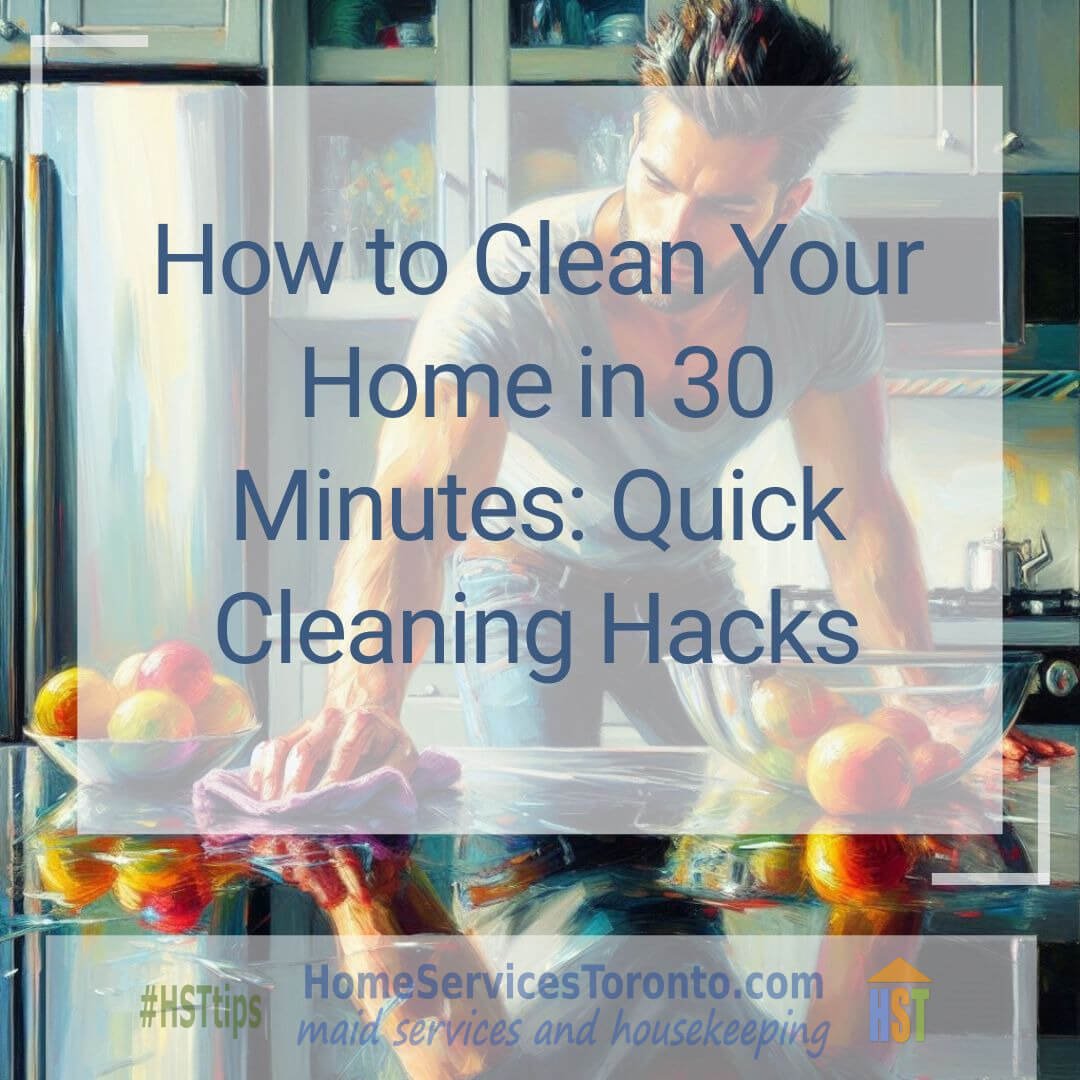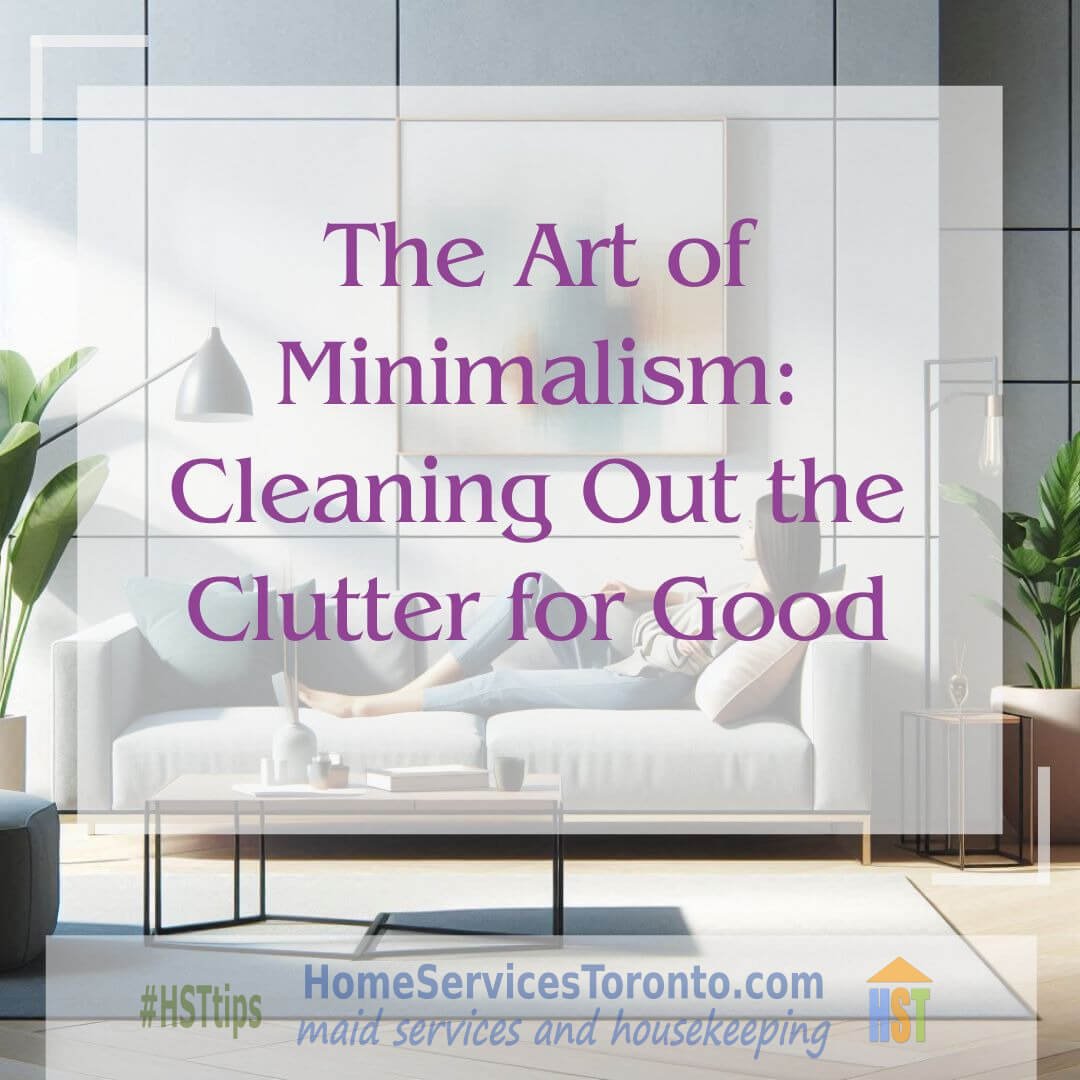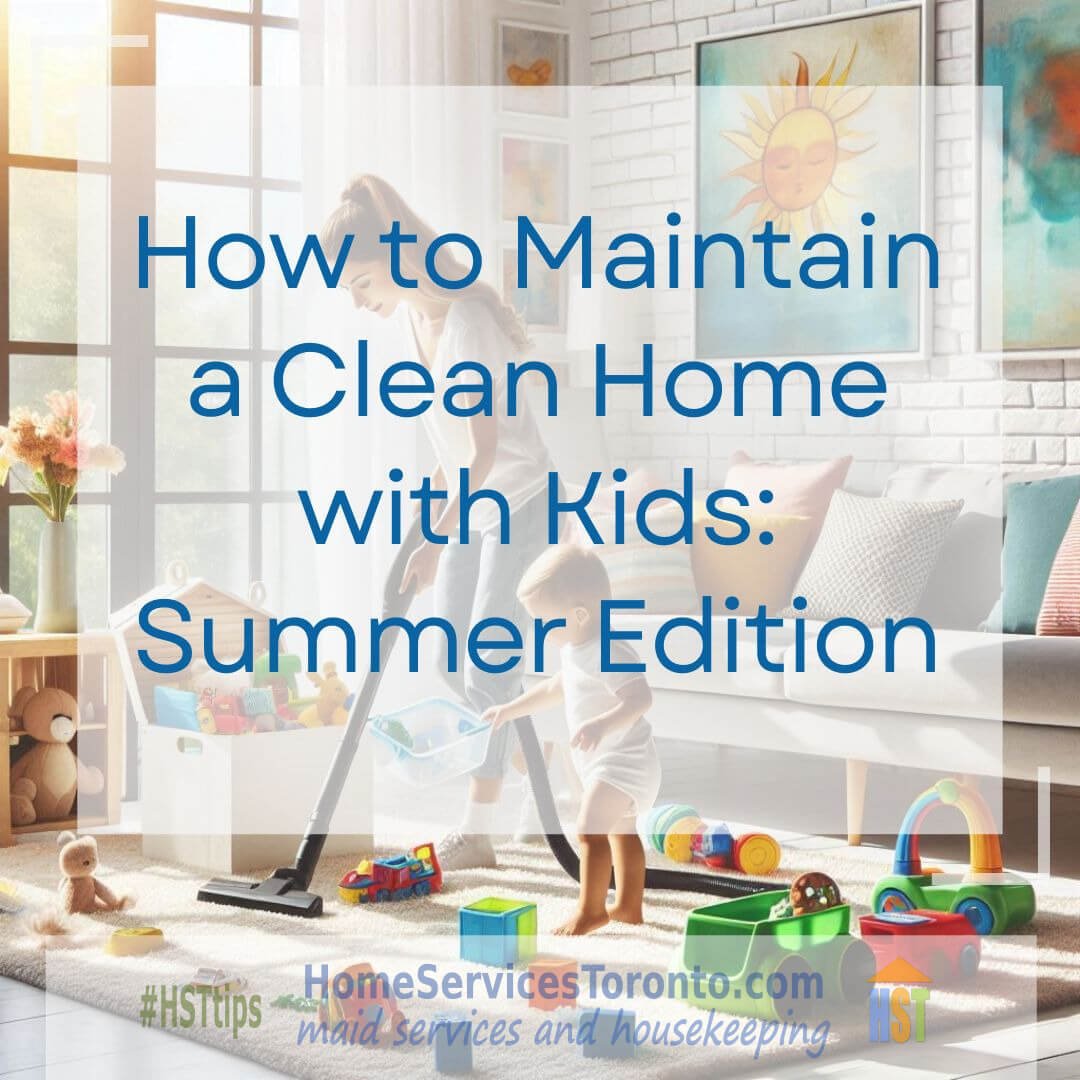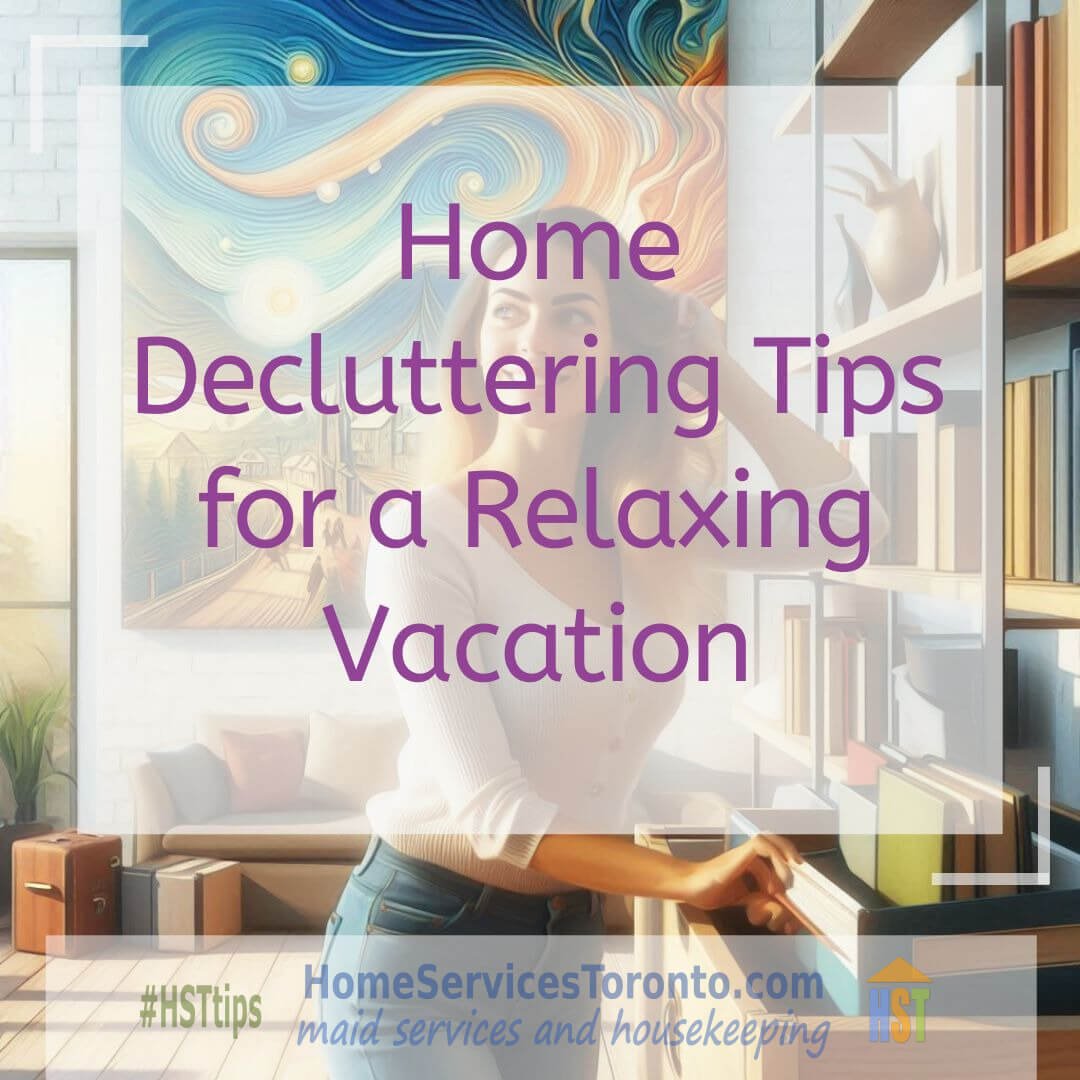
How to Clean Your Home in 30 Minutes: Quick Cleaning Hacks
Short on time but need a clean home? Discover how to refresh your space in just 30 minutes with these efficient cleaning hacks. Learn which tasks make the biggest visual impact, how to speed-clean high-traffic areas, and smart shortcuts that deliver maximum results with minimal effort. Perfect for busy schedules or unexpected guests - a spotless home is faster than you think!

The Art of Minimalism: Cleaning Out the Clutter for Good
Master the art of minimalism and say goodbye to clutter for good! Discover how a cleaner, simpler home can bring more peace and productivity to your life. Learn practical strategies to declutter effectively, maintain an organized space, and embrace a minimalist lifestyle that reduces stress. Transform your home into a serene sanctuary with these expert-approved tips.

How to Maintain a Clean Home with Kids: Summer Edition
Keeping a clean home with kids during summer feels impossible, right? Discover sanity-saving tips to maintain order without sacrificing the fun. Learn clever strategies for quick cleanups, kid-friendly organization, and maintaining a fresh home even with extra foot traffic, popsicle spills, and summer adventures. Turn chaos into manageable messes with these realistic solutions for parents!

Natural Cleaning Solutions: Harnessing Summer Ingredients for a Fresh Home
Ditch the harsh chemicals and clean your home the natural way this summer! Discover how simple ingredients like lemon, vinegar, and baking soda can tackle tough stains, freshen up spaces, and keep your home sparkling. These eco-friendly solutions are safe for kids, pets, and the planet—plus, they’re budget-friendly. Give your cleaning routine a fresh, chemical-free makeover with these easy DIY recipes!

Father's Day Special: Give Dad the Gift of a Spotless Home
Give Dad the gift of relaxation this Father’s Day with a spotless home he doesn’t have to clean himself! Treat him to a professional cleaning service so he can kick back and enjoy his special day stress-free. No more chores, no more mess—just a fresh, tidy space where he can truly unwind. The perfect way to show appreciation for all he does!

Quick and Easy Cleaning Tips for Summer Parties
Hosting a summer party? Keep your home guest-ready in minutes with these quick and easy cleaning tips. Discover how to tackle high-traffic areas fast, create a refreshing atmosphere, and maintain a tidy space effortlessly—so you can enjoy the fun instead of stressing over messes. Perfect for last-minute gatherings!

Summer Heat: Top Tips for a Cool and Clean Home
Beat the summer heat with a home that's both cool and clean! Discover simple yet effective tips to maintain a fresh, comfortable living space during hot weather. From optimizing airflow to choosing the right cleaning products, these strategies will help you create a relaxing oasis all season long. Keep your home sparkling while staying cool - no sweat!

Home Decluttering Tips for a Relaxing Vacation
Want to return from vacation to a serene, clutter-free home? Discover simple decluttering tricks to transform your space before you leave. These easy pre-trip organizing steps will help you come back to a relaxing environment – no post-holiday stress, just calm. Perfect for travelers who want to unwind in a tidy home after their getaway!

Top Cleaning Hacks for Summer Vacation Rentals
Get your summer vacation rental guest-ready with these brilliant cleaning hacks! Discover time-saving tricks to deep-clean faster, eliminate stubborn stains, and leave your property sparkling. From freshening upholstery to banishing bathroom grime, these pro tips will help you impress every guest and maximize your rental's appeal. Perfect for hosts who want five-star reviews with half the effort!
